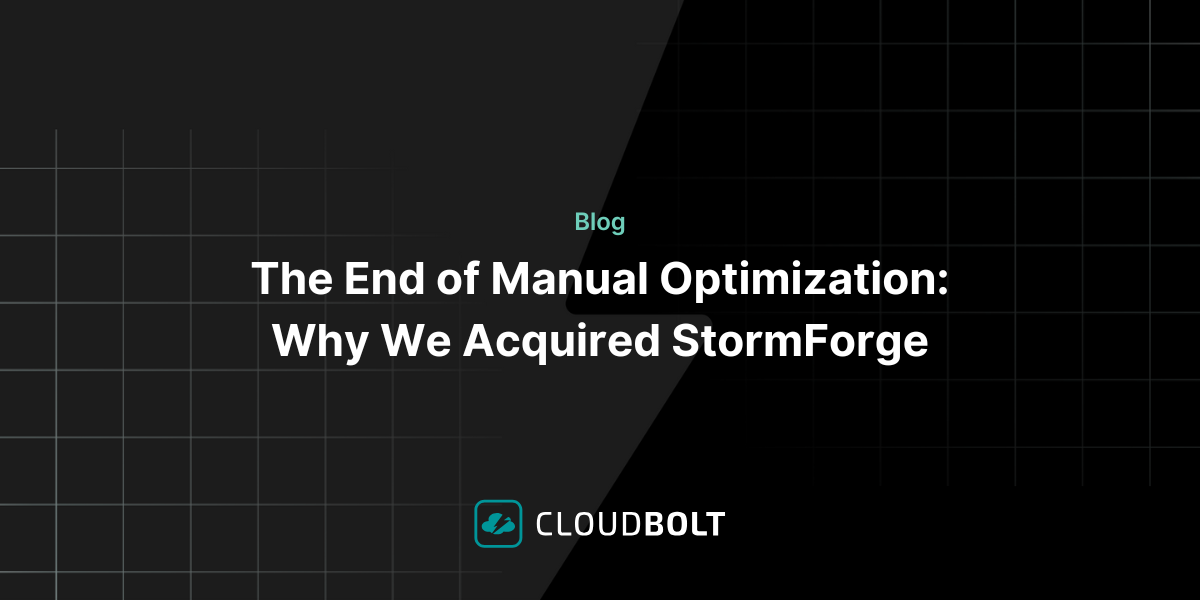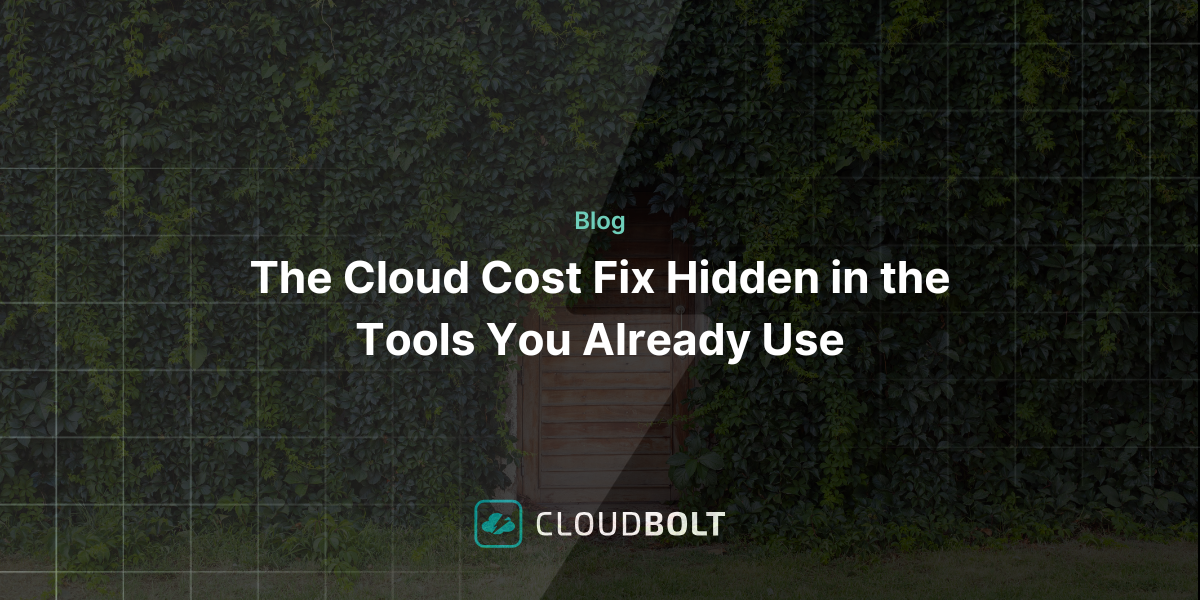Essential Enterprise Capabilities for Continuous Delivery of Software-Driven Innovation
DevOps has delivered on the promise of continuous delivery of software development. The waterfall model has been dead for a while, and achieving fast and flexible management of development and production environments is a must-have to get this enterprise software out the door, and quickly.
This being said, this end goal of continuous delivery is a continuous process at the outset–it’s a goal an organization needs to work hard to achieve, and not just fall into, if they seek the digital innovation it promises.
DevOps: More isn’t less
The centerpiece of continuous delivery of innovation is the DevOps model – the agile process that combines development and operations working together to deliver software quickly to market. In other words, think many releases. We see this frequency with software varying from network management to the teleconferencing platforms that have become a must of the current work-from-home era.
But many releases take writing a whole lot of code, and moving it from testing into production.
Developers need the right tools
Specifically, Infrastructure-as-Code (IaC) tools such as Terraform will ensure your enterprise developers use code in deployment that is consistent, when there are a lot of cooks in the kitchen developing. IaS ensures that manual effort of IT resource management is completely replaced by simple lines of code.
Since developers have constant, ever-changing needs that require several tools, to that effect, ensure that they have an architecture in place that allows them to integrate these existing tools into their workflows.
Keep it simple for your developers
Complexity in workflow is the biggest hindrance to continuous delivery. Ensuring that your developers have just the right resources to select, in front of them, without the need for IT intervention ensures they’ll be able to deploy applications on their time, and not on IT’s. Choose a provisioning model that is self-service for your developers, and automates the provisioning of resources with repeatable blueprints, completely configured by IT. Doing so will remove the bottlenecks inherent in an IT team’s day-to-day work that delay getting developers getting what they need, when they need it, to deliver product quickly.
Monitor, and monitor more
Put procedures in place that ensure things don’t slip through the cracks that can delay continuous delivery. Specifically, ensure that any configuration changes not aligned with organizational practice don’t see the light of day by automating policies that monitor for misconfigurations and other events that can delay product.
Continuous delivery is continuous work
Many enterprises use the term agile, but it’s a case of, ‘I don’t think that word means what you think it means.’ An enterprise can’t throw around buzzwords without the work that goes into the process. Continuous delivery is a continuous process that not only puts the right tools and processes into place, but puts the right skillsets and teams together, and a consistent cadence of planning, communication, and continuous learning. Only then will your enterprise deliver on the software-driven innovation that continuous delivery promises.
Experience the leading hybrid cloud management and orchestration solution. Request a CloudBolt demo today.
Related Blogs

The End of Manual Optimization: Why We Acquired StormForge
Today is a big day for CloudBolt—we’ve officially announced our acquisition of StormForge. This marks a major milestone for us…

